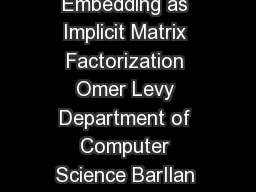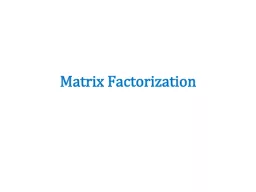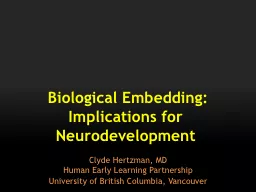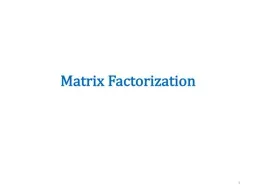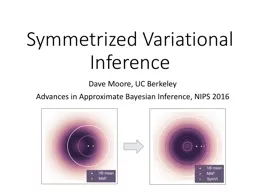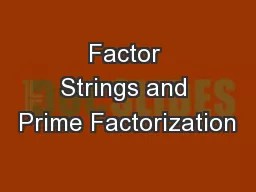PDF-Neural Word Embedding as Implicit Matrix Factorization Omer Levy Department of Computer
Author : celsa-spraggs | Published Date : 2015-01-15
com Yoav Goldberg Department of Computer Science BarIlan University yoavgoldberggmailcom Abstract We analyze skipgram with negativesampling SGNS a word embedding
Presentation Embed Code
Download Presentation
Download Presentation The PPT/PDF document "Neural Word Embedding as Implicit Matrix..." is the property of its rightful owner. Permission is granted to download and print the materials on this website for personal, non-commercial use only, and to display it on your personal computer provided you do not modify the materials and that you retain all copyright notices contained in the materials. By downloading content from our website, you accept the terms of this agreement.
Neural Word Embedding as Implicit Matrix Factorization Omer Levy Department of Computer: Transcript
Download Rules Of Document
"Neural Word Embedding as Implicit Matrix Factorization Omer Levy Department of Computer"The content belongs to its owner. You may download and print it for personal use, without modification, and keep all copyright notices. By downloading, you agree to these terms.
Related Documents

